What is the tolerance range of precision screws?
What is the tolerance range of precision screws?
Service Hotline
+86760-8787 8587We have more than ten years of production experience in the screw industry, the main products are: left-handed anti-thread bolts, photovoltaic accessories bolts, fine-tuning handles, anti-thread nut screws, full-tooth socket head cup head bolts, account book screws rivets, flat head full hexagonal blind holes Rivet nuts, 416 countersunk head bolts, bottom hole 4.2 small outer diameter, connecting rods, complete bolt combinations, thin washers, nut customization, high quality and quality, butt screws nickel-plated rivets and other fasteners, due to the product The materials and specifications are different, and the prices are also different. Please contact us if you need it.


Cylindrical pins are widely used, and they are usually provided with matching pin holes. For the tails of cylindrical pins exposed outside the pin holes, they usually do not have a guiding function, which cannot meet the needs of quick installation of workpieces.
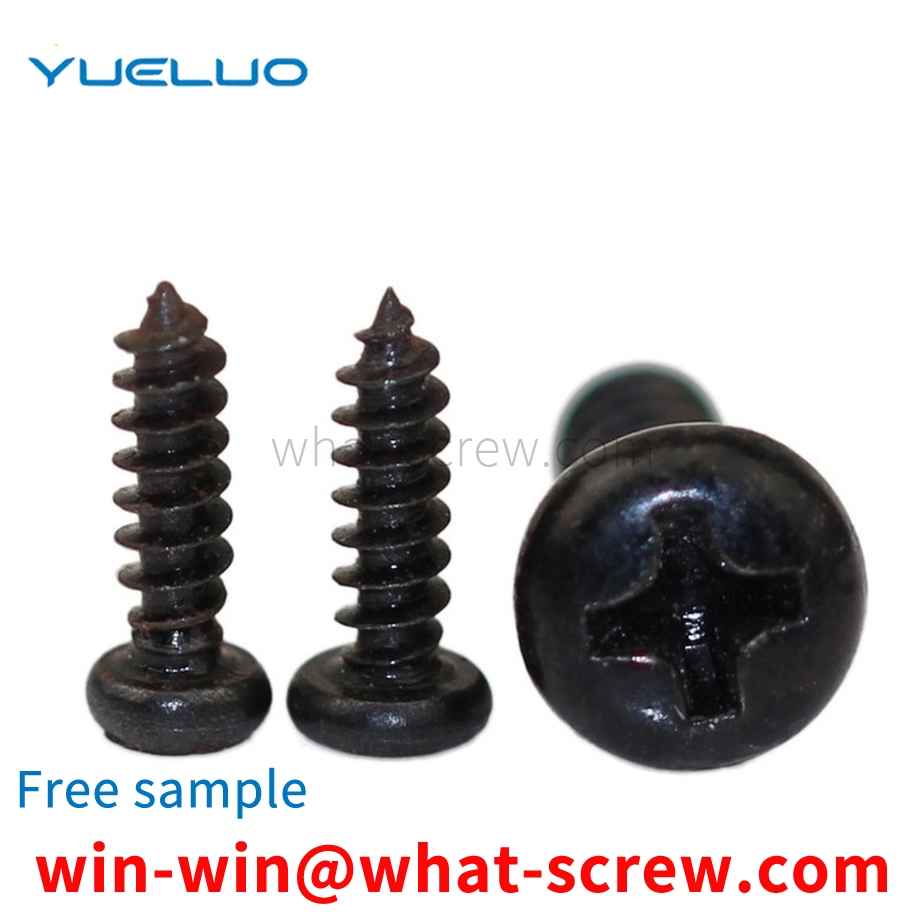
The bolt thread is generally cold worked, so that the thread blank within a certain diameter range passes through the rubbing (rolling) wire plate (die), and the thread is formed by the pressure of the wire plate (rolling die). The plastic streamline of the threaded part is not cut off, the strength is increased, the precision is high, and the quality is uniform, so it is widely used. In order to make the outer diameter of the thread of the final product, the required thread blank diameter is different, because it is limited by factors such as thread accuracy and whether the material is coated or not. Rolling (rubbing) thread is a processing method that uses plastic deformation to form thread teeth. It uses a rolling (screwing plate) die with the same pitch and tooth shape as the thread to be processed, while extruding the cylindrical screw blank, while rotating the screw blank, and finally transferring the tooth shape on the rolling die to the On the screw blank, the thread is formed. The common point of rolling (rubbing) thread processing is that the number of rolling revolutions does not need to be too much. If it is too much, the efficiency will be low, and the surface of the thread teeth will easily cause separation or random buckle. On the contrary, if the number of revolutions is too small, the diameter of the thread is easy to be out of round, and the pressure at the initial stage of rolling increases abnormally, resulting in a shortening of the life of the die. Common defects of rolled threads: cracks or scratches on the surface of the thread part; random buckles; out of roundness of the thread part. If these defects occur in large numbers, they will be discovered during the processing stage. If the number of occurrences is small, the production process does not notice these defects and then circulates to users, causing trouble. Therefore, the key issues of processing conditions should be summarized, and these key factors should be controlled in the production process.
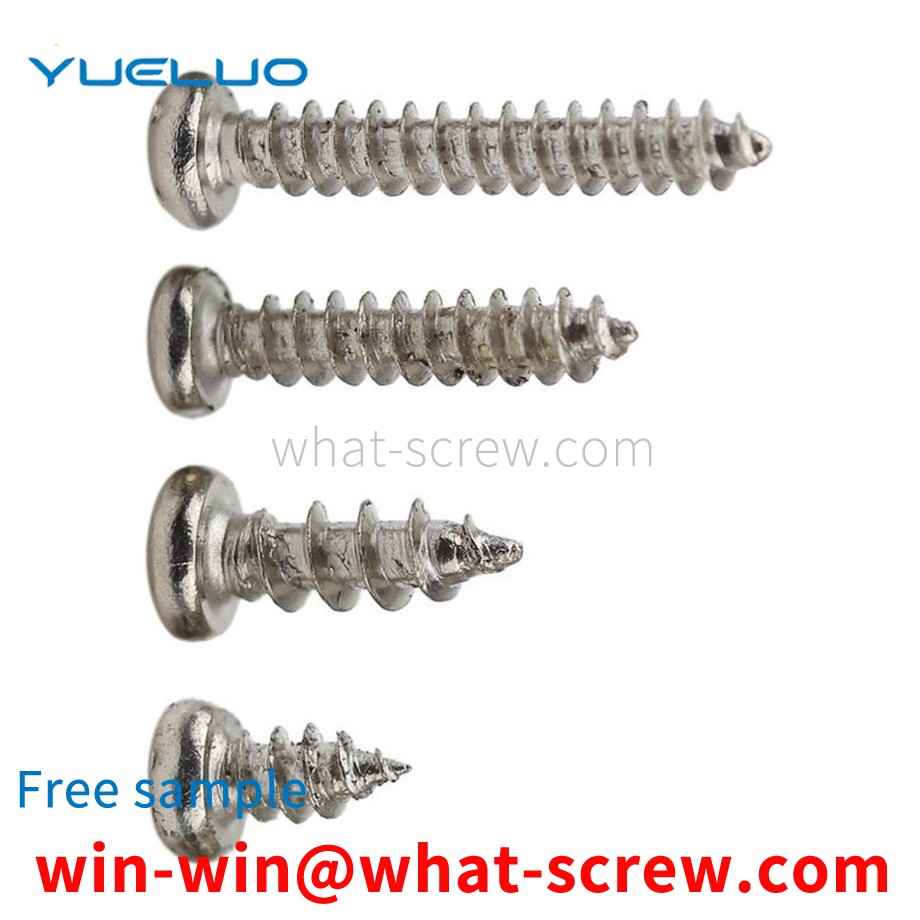
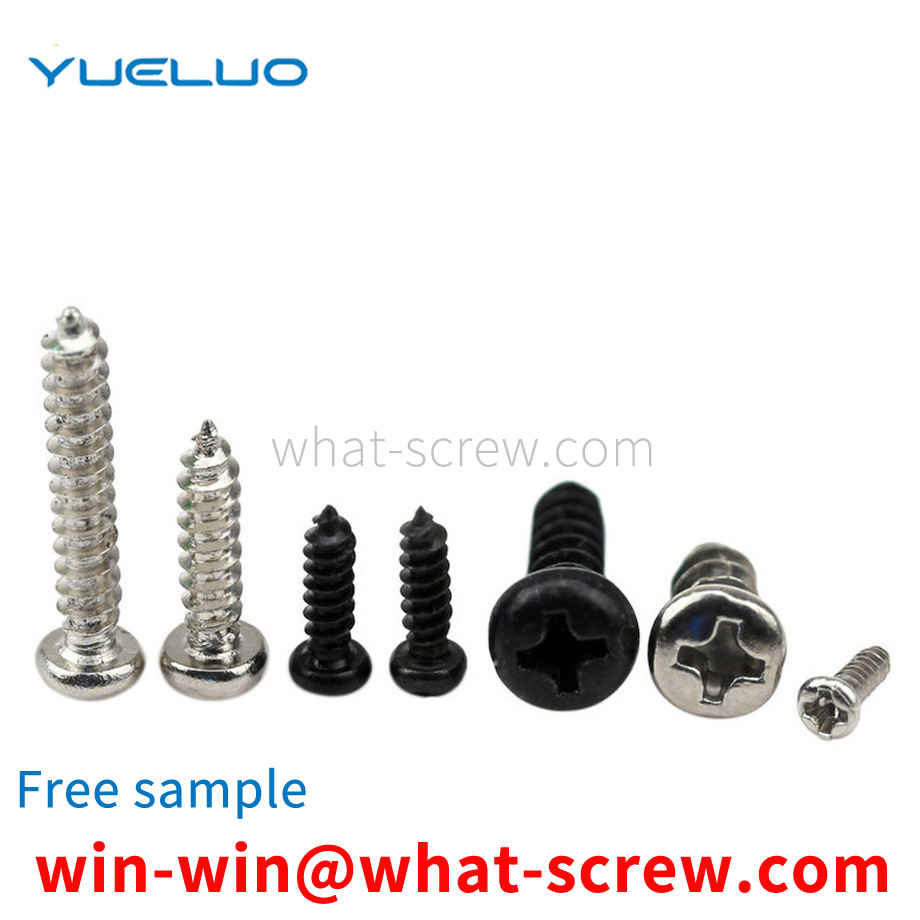
M15 grounding screw used to fix the grounding wire on household appliances and other equipment, the stud is cylindrical, and the thread is perpendicular to the end surface (section). However, the screw holes on the equipment all have tapping guide grooves for sinking and guiding due to the manufacturing process requirements. When fixing the ground wire, if the screw is not positioned accurately (the screw is inclined), the screw is pressed down hard, which is easy to cause the screw and the screw. The screw hole bites the teeth, and after biting the teeth, it is easy to cause the screw to loosen or fall off, posing a safety hazard.
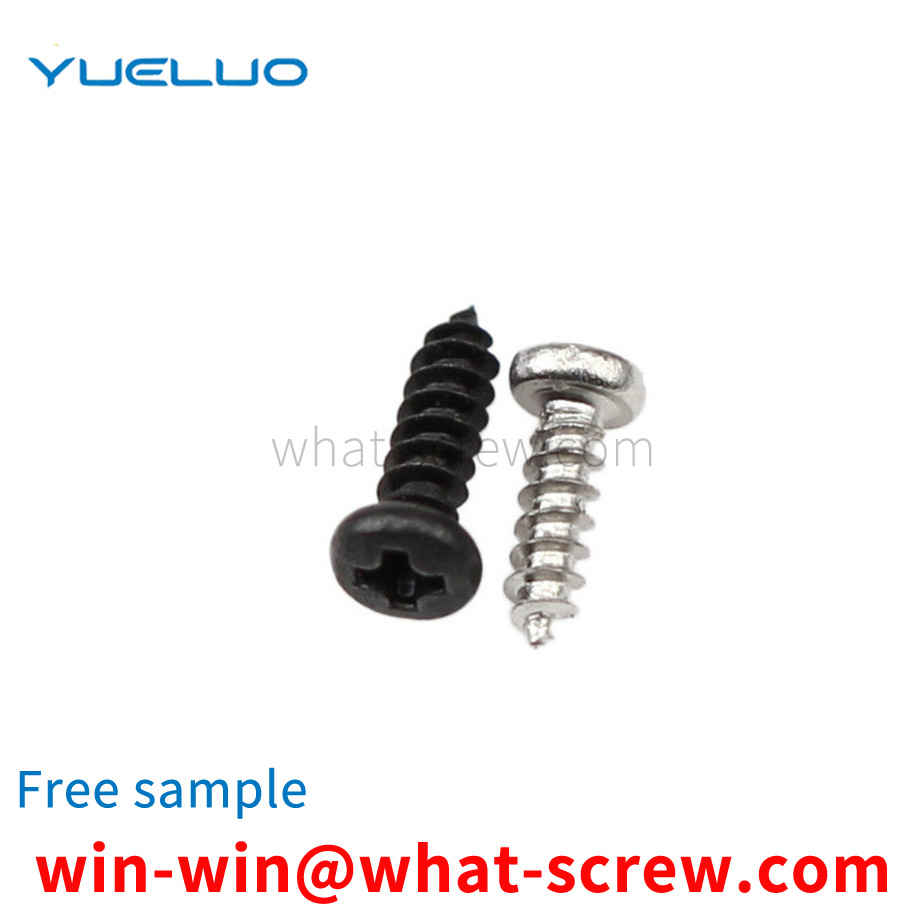
At present, there are mainly the following methods for classifying screws of different lengths mixed together: First, visual identification and manual sorting. This method is time-consuming, labor-intensive and inefficient. Second, the screws are centrifuged and screened according to the quality and size of the screws. However, the quality of screws of the same length is not necessarily the same when the materials of the screws are different. Third, sorting is carried out using a screening device with sieve holes, but the sieve holes are generally simple geometric shapes, which can only roughly distinguish the length of the screws. Moreover, the specific position where the screw falls into the screen hole will also affect the degree of screening. It can be seen that the above-mentioned methods for classifying screws all have the problem of poor effect.
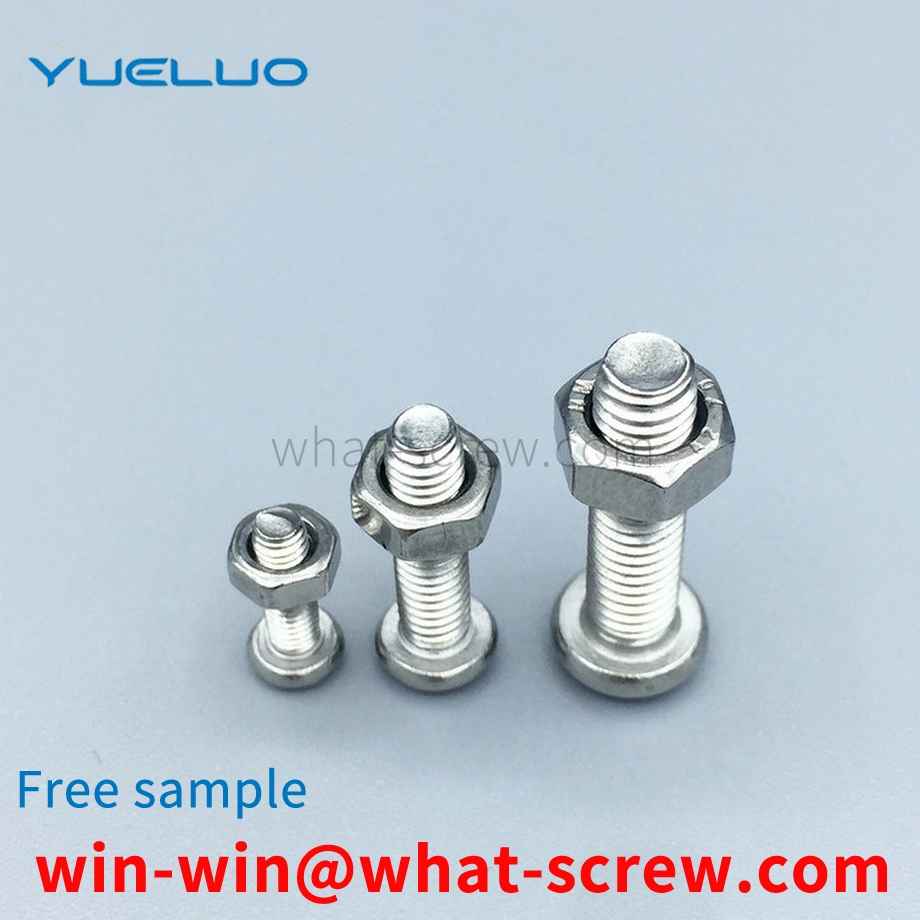
The above content is uploaded by Yueluo or the Internet. If there is any copyright issue, please contact [email protected].

What is the tolerance range of precision screws?

How to choose the right stainless steel screw manufacturer?

Why is there an R angle under the head of the hexagon head s...

We have more than ten years of production experience in the ...
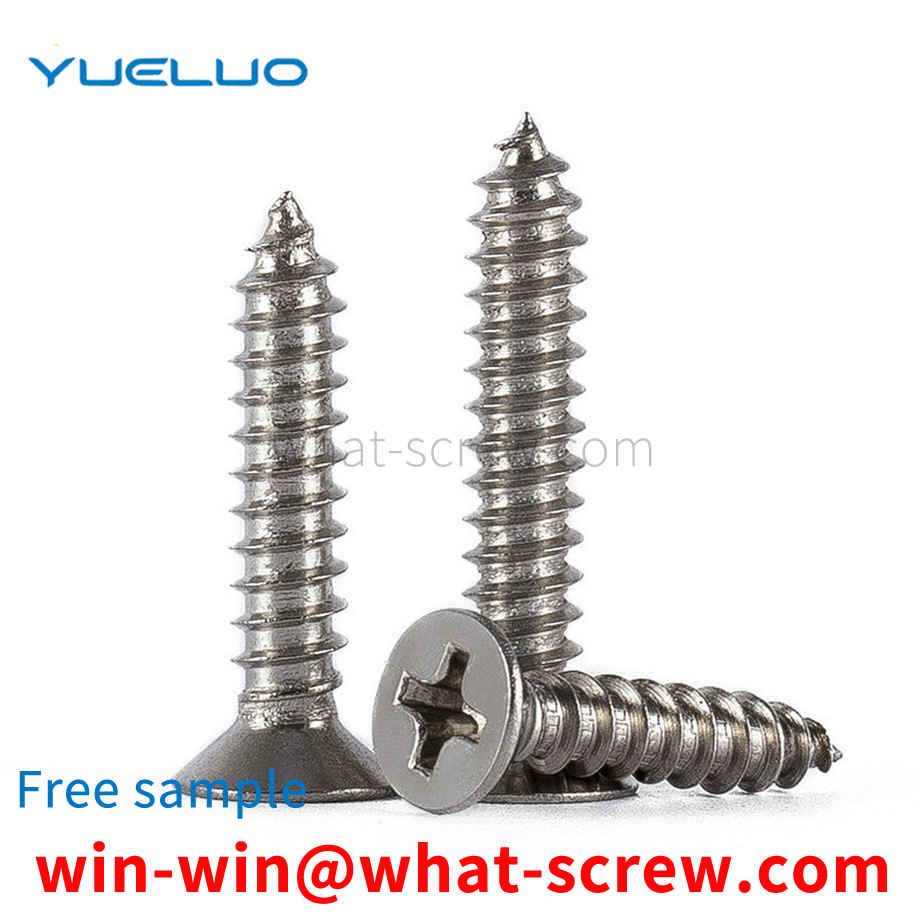
We have more than ten years of production experience in the ...

We have more than ten years of experience in screw industry ...

We have more than ten years of experience in screw industry ...